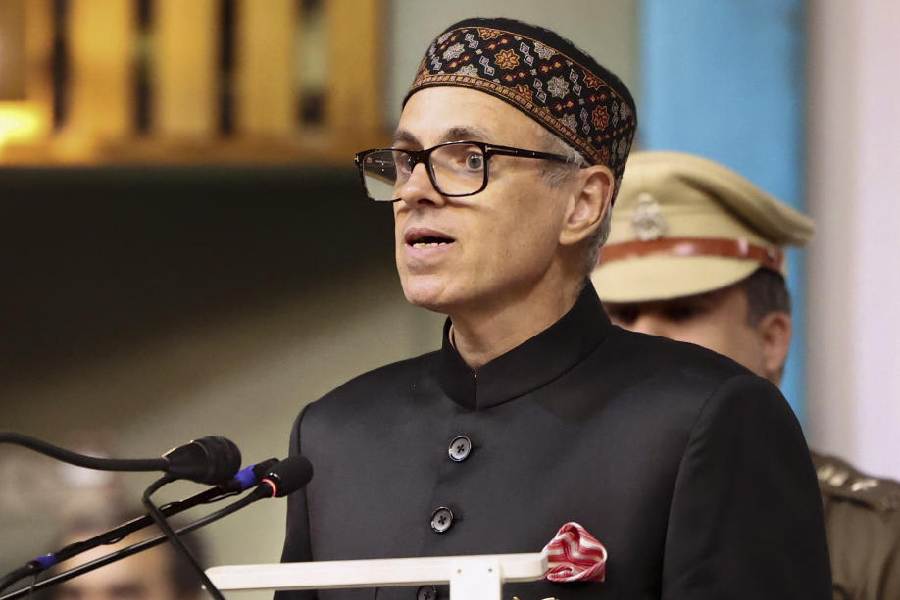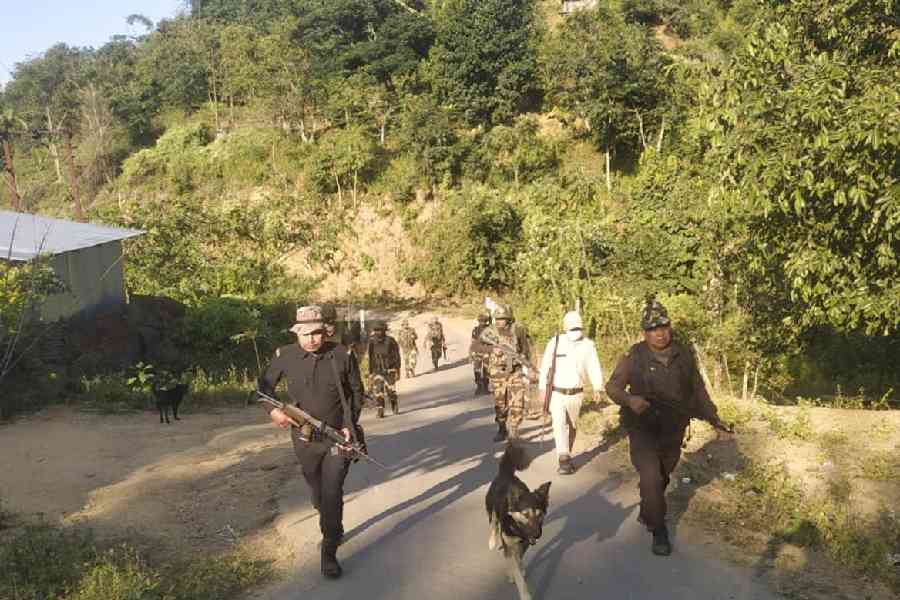The proposed bridge over the tracks at Tallah will be about 6m wider than the existing one with a load-bearing capacity of close to 400 tonnes if the government and the railways okay the PWD proposal.
The present bridge has a load-bearing capacity of about 250 tonnes.
Engineers of various agencies that ran a health check on the bridge advised the government to pull down the bridge, terming its condition “precarious”, following which heavy vehicles were banned on the bridge.
Engineers from consultancy firm RITES, railways and the PWD said the “frail structure” could not bear the load of any vehicle weighing more than three tonnes and that any additional load could “prove disastrous”.
Commissioned in 1962, the Tallah bridge has strands of steel ducts supporting its underbelly. Engineers have said many of the strands had snapped, which means they no longer have the ability to bear load.
The proposed bridge has a deck size of 24m in width — 5.5m more than the existing one. This means the existing pillars will have to be pulled down and new ones built to bear the load of the wider decks, a PWD engineer said.

The Telegraph
The PWD has estimated the cost of the proposed bridge at Rs 350 crore and it has left the government thinking how the funds can be arranged, an official in Nabanna said.
The Tallah bridge stands over rail tracks and officials at Nabanna said the government was still to decide if the bridge would be built on “cost sharing basis” with the railways or the government would bear the entire cost.
PWD engineers in the know said the new structure would come up close to the same spot where the present bridge stands.
It will not entail acquiring land. The available space is “just enough” to build the new bridge, a PWD engineer said. The PWD is waiting for the results of the soil test before identifying the exact location where the pillars will come up, he said.
“The proposed new structure will have to follow the standards set by the Indian Road Congress — the apex body of highway engineers in the country,” a PWD official said. “The IRC has specified the load-bearing capacity of a rail overbridge and no design can deviate from the standards laid down. Various types of loads, including impact and seismic, will have to be factored in while calculating the capacity.”
In keeping with the new guidelines, the design aims a carrying capacity of not less than 386 tonnes for the bridge, an engineer said.
The government does not want to rush through the process of finalising the proposed model, an official in Nabanna said. “We would like the railways to have a look at the plan that has been prepared. If the railways wants, the plan can be routed through the Kanpur-based Research Designs and Standard Organisation. Several clearances will be required and we want to expedite the process.”
It will take at least three years to build a new bridge at Tallah if the proposed design is cleared at all levels, a PWD engineer said. “There are several utilities under the ground, including electric cables and pipelines for carrying water... these will have to be shifted before piling work can start.”










